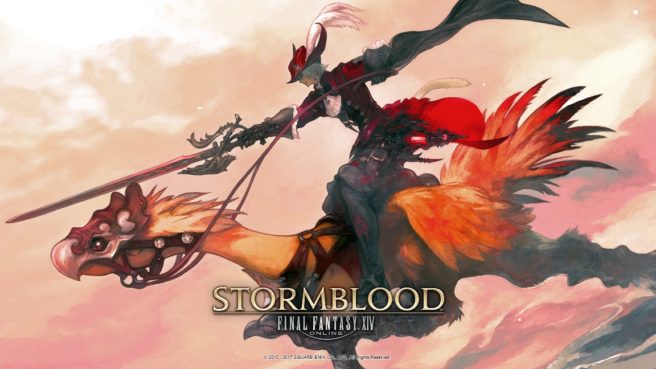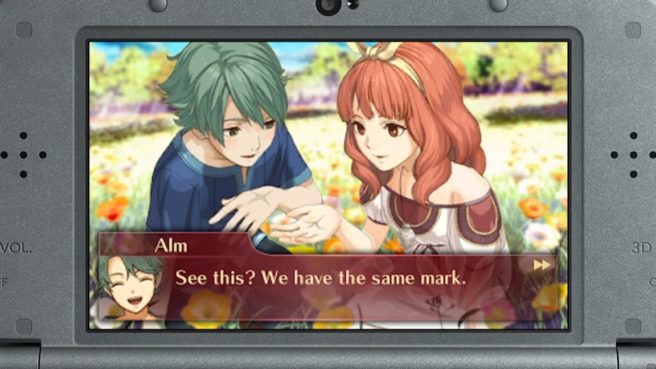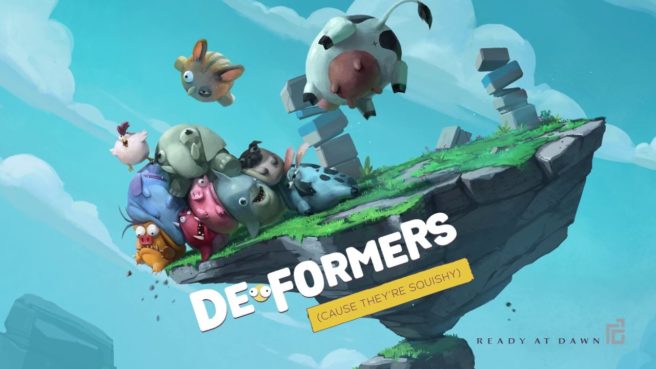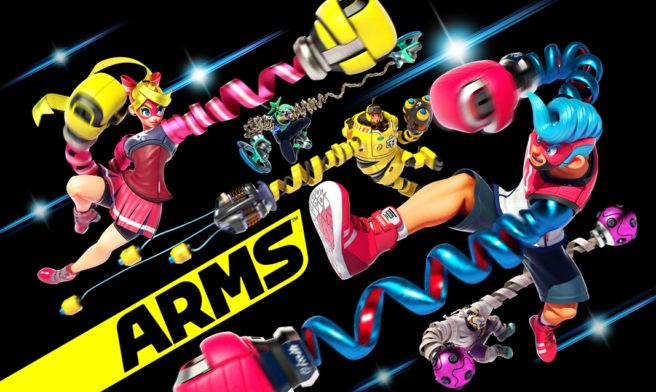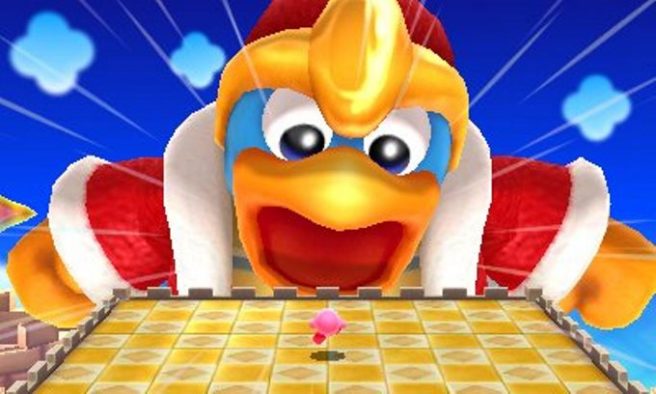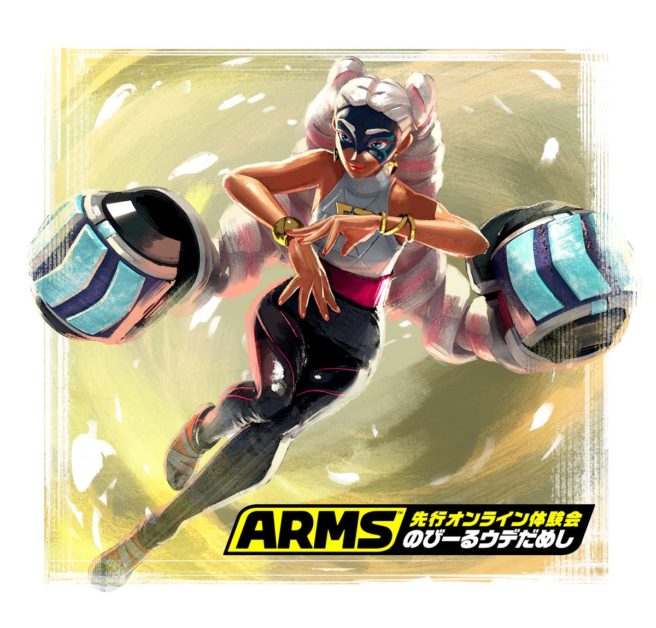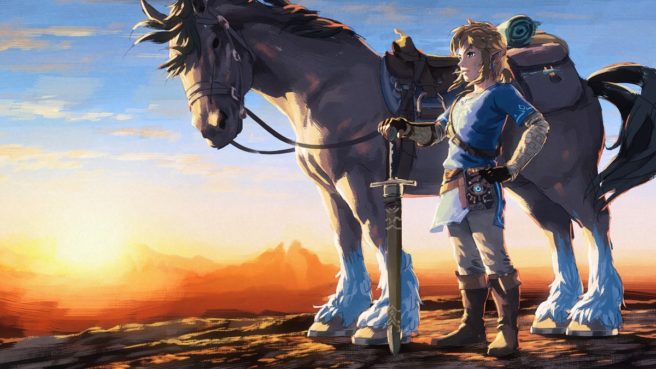Konami thinking about other potential Switch games, knows about Castlevania interest, many ideas for Bomberman R
Posted on 8 years ago by Brian(@NE_Brian) in News, Switch | 70 Comments
Super Bomberman R is Konami’s first game for Switch. The company has to be happy with its performance, as over 500,000 copies were shipped by the end of April.
Konami could choose to further support the system in the future. Speaking with Miketendo64, European brand manager Richard Jones noted that “there is lots of internal discussions going on within Konami regarding what games we can bring to the Nintendo Switch”. He also spoke about Castlevania in the same response, acknowledging the demand for a new game in the series.
Jones’ full comments:
More: interview, Konami, Richard Jones, Super Bomberman R, top
Sony’s Shawn Layden says Switch is “a great success,” sees Nintendo and PlayStation “sitting side-by-side”
Posted on 8 years ago by Brian(@NE_Brian) in News, Switch | 102 Comments
Sony global game development boss Shawn Layden had high praise for Switch while speaking about the system with TIME recently. He said that that new platform is “a great success for Nintendo” and noted how “it’s definitely what that fanbase has been waiting for.”
Layden doesn’t personally view Switch as a rival. Rather, he believes Nintendo and PlayStation compliment each other with families often purchasing hardware from both companies.
Layden stated:
“When you look at our numbers, I think it shows that a lot of gamers are a two-console family. And quite often those two consoles are PlayStation and Nintendo sitting side-by-side.”
More: interview, Shawn Layden, Sony
Final Fantasy XIV still a possibility for Switch, discussions with Nintendo may take awhile
Posted on 8 years ago by Brian(@NE_Brian) in News, Switch | 18 Comments
Square Enix has mentioned on a couple of occasions that Final Fantasy XIV is a possibility for Switch. This is something that director Naoki Yoshida reiterated once again while speaking with finder.com.au.
According to Yoshida, discussions with Nintendo are ongoing. However, when putting Final Fantasy XIV on a new platform, supporting the community is a shared responsibility between Square Enix and Nintendo. The two sides are talking about this (and likely more), but Yoshida said that “these conversations will take a long time.”
Yoshida’s full words:
“We want as many players joining Final Fantasy XIV as possible. …We need to make sure Nintendo and Microsoft understand what we do and have them know about our online and QA regulations. We believe these conversations will take a long time.”
Fire Emblem dev has interest in featuring full voice acting again in the future
Posted on 8 years ago by Brian(@NE_Brian) in General Nintendo, News | 29 Comments
Fire Emblem Echoes: Shadows of Valentia makes full use of voice acting. It’s true that past entries have had voice over before, but with the 3DS remake, characters are entirely voiced. This may not be a one time thing, as Intelligent Systems director Toshiyuki Kusakihara has expressed interest in bringing it back in the future.
Italian site Multiplayer.it asked Kusakihara if the full voice acting will return in the future. To that, he did in fact say that he hopes to bring it back in future releases.
Continue on below for our full translation of this particular question / answer.
Ready at Dawn has “a lot of interest” in Switch
Posted on 8 years ago by Brian(@NE_Brian) in News, Switch | 31 Comments
Ready At Dawn has “a lot of interest” in Switch. Creative director Ru Weerasuriya spoke about the new system during an interview with GamesIndustry, telling the site:
“Every time a platform comes out, we always feel like there’s something really cool that can be done with it – a huge graphical advance, a huge technological advance, a new way of interacting in games like VR does. Switch, I think, is the same kind of thing. We see it and we see the market that they’re trying to really kind of grab, expand, and also build. I would definitely tell you that, yeah, internally at the studio there’s a lot of interest for the Switch.”
We last heard Ready At Dawn comment on Switch last June when it was known as NX. The company seemed to be open to putting Deformers on the platform, but wasn’t in possession of a dev kit. Hopefully we’ll see something from Ready at Dawn on Switch in the future.
More: interview, Ready at Dawn, Ru Weerasuriya
Fire Emblem Warriors devs on how the game came to be, appearing characters, more
Posted on 8 years ago by Brian(@NE_Brian) in New Nintendo 3DS, News, Switch | 81 Comments
After several months of silence, Fire Emblem Warriors resurfaced this week. The news cycle started out with Famitsu with plenty of new details and an interview with the developers.
That interview has now been translated. It featured producer Yosuke Hayashi from Koei Tecmo, Nintendo’s Genki Yokota (Fire Emblem director since Awakening), and Masahiro Higuchi from Intelligent Systems. We’re now able to see their direct comments on the game’s origins, talk about the appearing characters, and more.
Read on below for some excerpts from the interview. Read up on the full discussion here.
ARMS absorbs network lag while character arms are extending
Posted on 8 years ago by Brian(@NE_Brian) in News, Switch | 21 Comments
A smooth online experience is always important, but even more so with fighting games. With ARMS, perhaps there won’t be much to worry about.
The manner in which fights take place in ARMS lends itself well to online play. “In the short time while the character arms extend, the game absorbs any network lag to allow for a truly responsive battle,” producer Kosuke Yabuki told GamesMaster this month.
Even though ARMS is a game intended to be entirely approachable, skilled players will find something here as well. Engineering director Kenta Sato mentioned that it was made so that “advanced players can go all-out, and we hope that we’ll see some of these players develop techniques beyond anything we imagined.”
More: Arms, interview, Kenta Sato, Kosuke Yabuki
HAL Laboratory talks Kirby’s Blowout Blast, new details
Posted on 8 years ago by Brian(@NE_Brian) in 3DS eShop, News | 5 Comments
Nintendo and HAL Laboratory have three Kirby games on 3DS to celebrate the series’ 25th anniversary. Team Kirby Clash Deluxe is out now. A new multiplayer action game will follow later in the year. In between the two is Kirby’s Blowout Blast, coming to the 3DS eShop this summer.
In Nintendo Dream this month, when asked how Kirby’s Blowout Blast compares to the sub-game Kirby 3D Rumble in Kirby: Planet Robobot, HAL Laboratory’s Shinya Kumazaki answered that while both are digital games, the former will have an overall volume that’s more like a normal packaged release. The sub-game was made more as an experiment on seeing whether the epitome of Kirby games can be enjoyed in 3D. They had been receiving requests to create a 3D game, and Kumazaki also wanted to challenge himself in making it.
ARMS devs – early prototypes, story of people getting extendable arms, learning from Mario Kart, Twintelle’s popularity, more
Posted on 8 years ago by Brian(@NE_Brian) in News, Switch | 32 Comments
Just ahead of ARMS’ launch, Game Informer spoke with producer Kosuke Yabuki and art director Masaaki Ishikawa. The two developers tackled various subjects. The two were asked about the game’s early prototypes, whether it started on Wii U, the story of how people get extendable ARMS, Twintelle’s popularity, and more.
We’ve picked out some of the interesting excerpts from the interview below. You can access the entire discussion here.
More: Arms, interview, Kosuke Yabuki, top
Zelda: Breath of the Wild director on the game’s reaction, timeline placement, approach to Ganon, more
Posted on 8 years ago by Brian(@NE_Brian) in News, Switch, Wii U | 38 Comments
Game Rant was recently able to interview Zelda: Breath of the Wild director Hidemaro Fujibayashi. Fujibayashi weighed in on the game’s early reaction, timeline placement, motion control puzzles, inspiration for the Divine Beasts, early concepts, and why Ganon doesn’t speak.
You can read up on these excerpts from the interview below. For the full discussion, head on over here.


